How to Read and Interpret GPS Coordinates: Decimal Format vs. Degrees, Minutes, Seconds (DMS)
Understanding GPS coordinates is essential for navigating, whether you’re using them for outdoor adventures, emergency preparedness, or finding a location. Here, we’ll break down the two most common formats: Decimal Degrees (DD) and Degrees, Minutes, Seconds (DMS). By the end of this guide, you’ll be able to read and convert these formats with ease!
1. Understanding GPS Coordinates: Basics
A GPS coordinate consists of latitude and longitude, which pinpoint a location on Earth’s surface.
- Latitude: Measures north-south position between the poles.
- Ranges from 0° at the Equator to +90° (North Pole) and -90° (South Pole).
- Longitude: Measures east-west position from the Prime Meridian.
- Ranges from 0° at the Prime Meridian in Greenwich, UK, to +180° (eastward) and -180° (westward).
2. Decimal Format (DD)
The Decimal Degrees (DD) format is widely used for its simplicity and ease of use in digital mapping applications like Google Maps. It displays coordinates in a decimal format, which means there’s no need to convert between minutes and seconds.
Example of Decimal Format:
- Latitude: 37.7749
- Longitude: -122.4194
How to Read DD:
- Positive or Negative Signs:
- Latitude is positive for the Northern Hemisphere and negative for the Southern Hemisphere.
- Longitude is positive for the Eastern Hemisphere and negative for the Western Hemisphere.
- Interpreting the Numbers:
- In the example above, 37.7749 indicates 37.7749 degrees north of the Equator, while -122.4194 indicates 122.4194 degrees west of the Prime Meridian.
Converting DD to DMS:
To convert DD to DMS:
- Degrees: Use the whole number as degrees.
- Minutes: Multiply the decimal by 60. The whole number is minutes.
- Seconds: Multiply the remaining decimal by 60 again. The result is seconds.
Example:
For 37.7749°:
- Degrees: 37°
- Minutes: 0.7749 × 60 = 46.494 → 46′
- Seconds: 0.494 × 60 ≈ 30″
- Result: 37° 46′ 30″ N
For -122.4194°:
- Degrees: 122°
- Minutes: 0.4194 × 60 = 25.164 → 25′
- Seconds: 0.164 × 60 ≈ 10″
- Result: 122° 25′ 10″ W
3. Degrees, Minutes, Seconds (DMS)
The Degrees, Minutes, Seconds (DMS) format is commonly used on maps and is the traditional format for specifying latitude and longitude.
Example of DMS Format:
- Latitude: 37° 46′ 30″ N
- Longitude: 122° 25′ 10″ W
How to Read DMS:
- Degrees (°): Large units measuring whole degrees.
- Minutes (‘): Sub-units of degrees (1 degree = 60 minutes).
- Seconds (“): Smaller sub-units of minutes (1 minute = 60 seconds).
In the example 37° 46′ 30″ N, you have:
- 37 degrees north of the Equator.
- 46 minutes and 30 seconds as smaller increments north.
For 122° 25′ 10″ W:
- 122 degrees west of the Prime Meridian.
- 25 minutes and 10 seconds west.
Converting DMS to DD:
- Degrees: Keep as is.
- Minutes: Divide by 60 and add to degrees.
- Seconds: Divide by 3600 (60 seconds × 60 minutes) and add to the result.
Example:
For 37° 46′ 30″ N:
- Decimal Degrees: 37 + (46 / 60) + (30 / 3600) = 37.775
- Result: 37.775°
For 122° 25′ 10″ W:
- Decimal Degrees: 122 + (25 / 60) + (10 / 3600) = 122.4194
- Result: -122.4194°
4. When to Use Each Format
- Decimal Format (DD): Preferred in GPS systems, digital mapping, and by search engines for its simplicity and compatibility with software applications.
- DMS Format: Ideal for traditional maps, topographic navigation, and understanding precise locations without electronic devices.
By familiarizing yourself with both formats and how to convert between them, you’ll be well-prepared for navigation tasks—whether digital or analog!



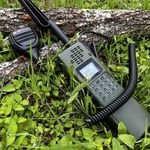

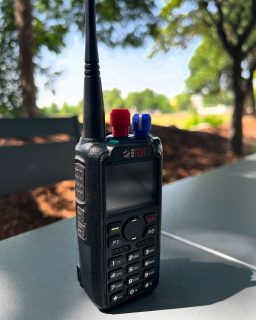
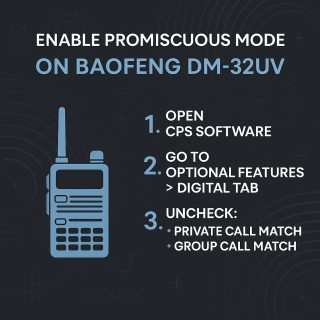
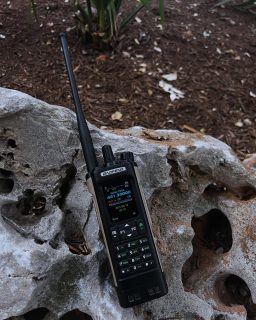
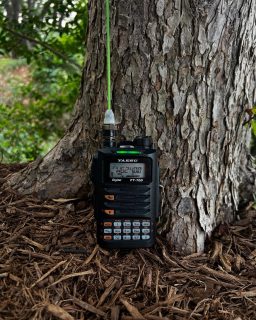



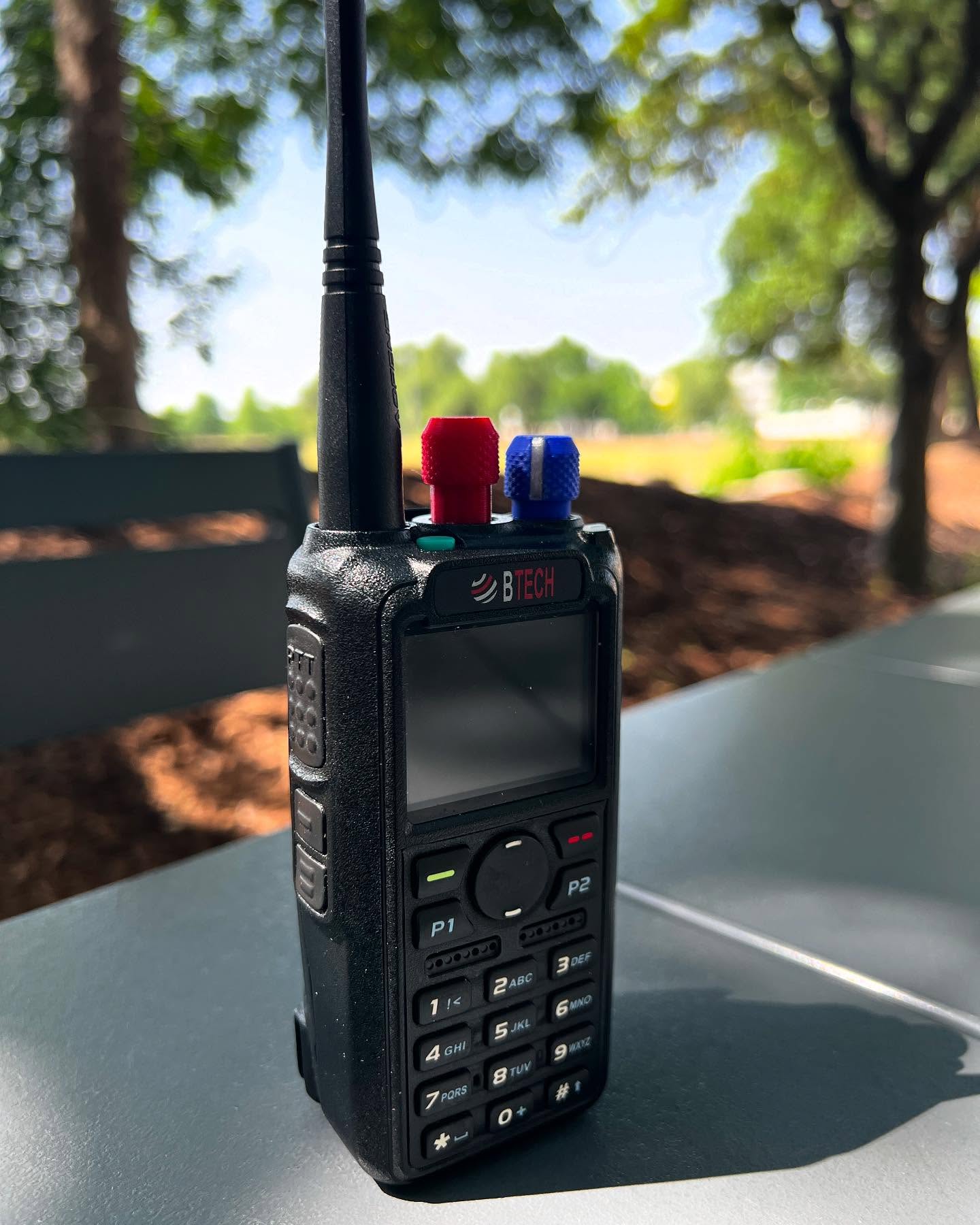
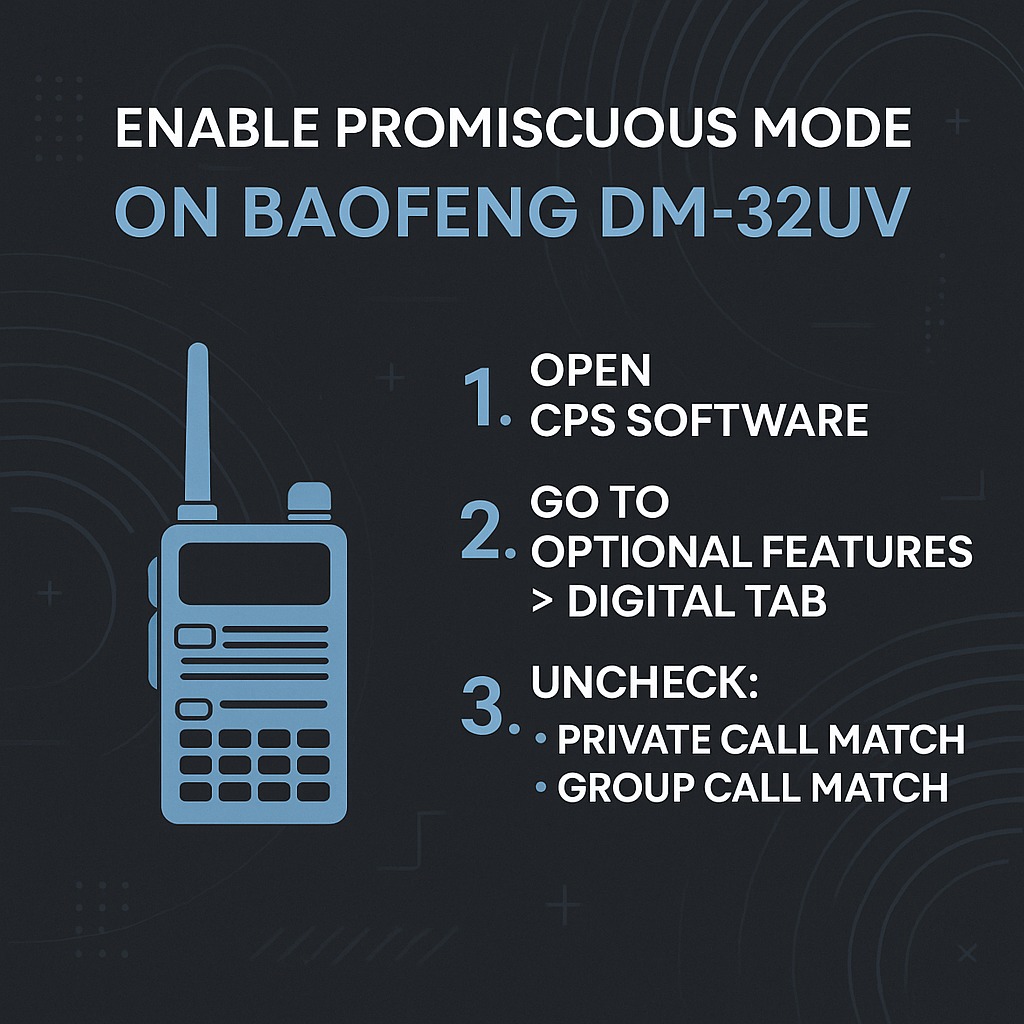
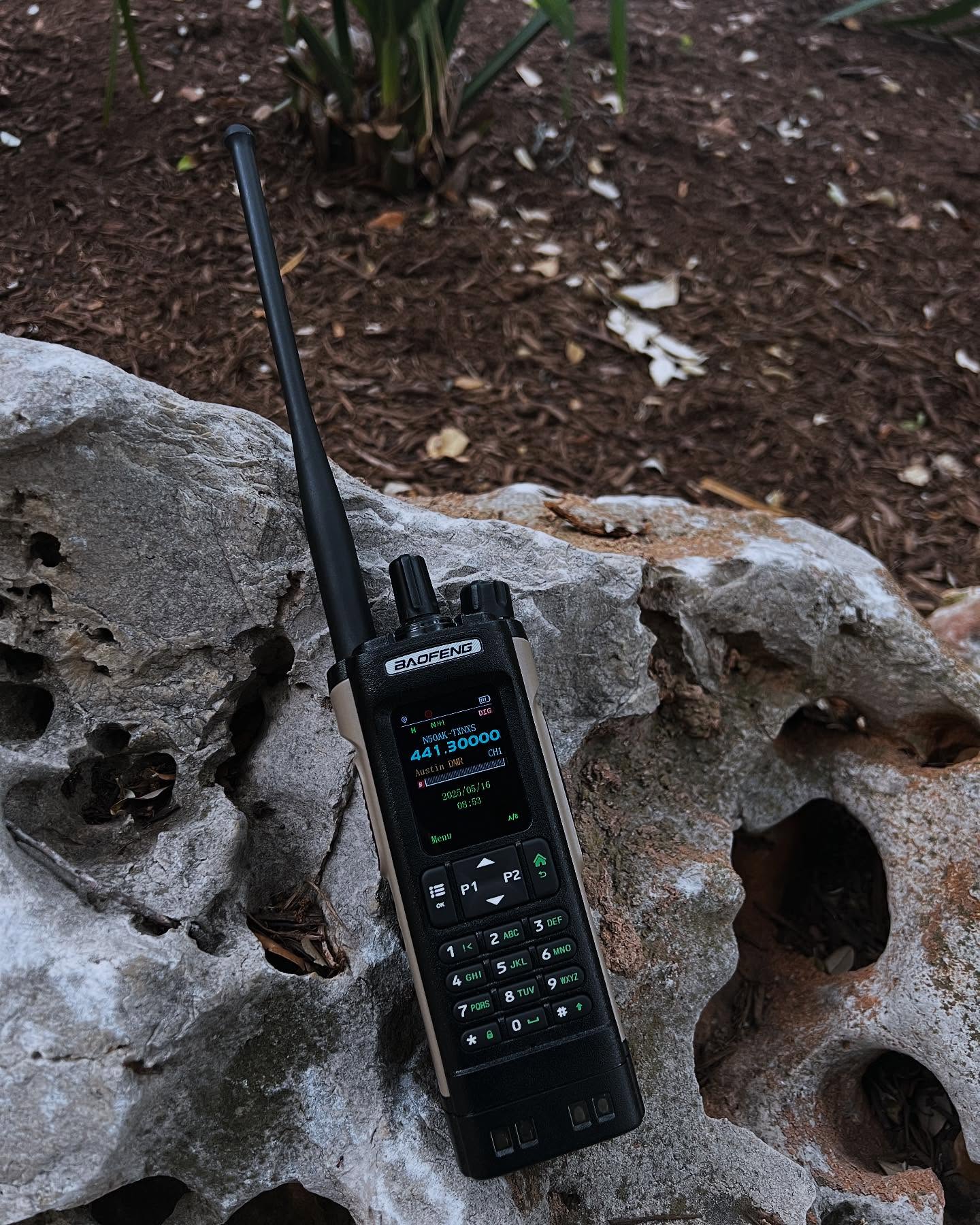
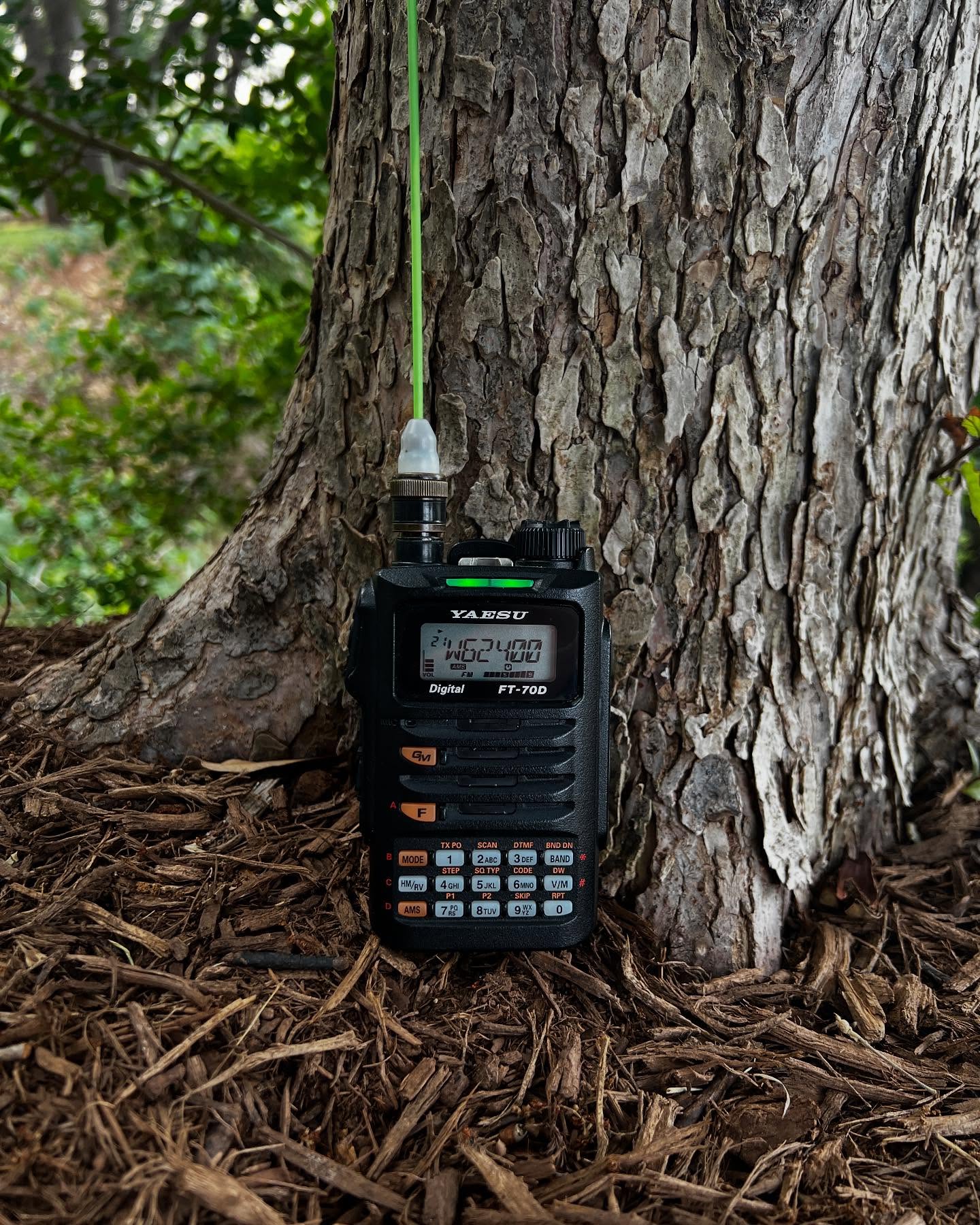



Leave a Reply